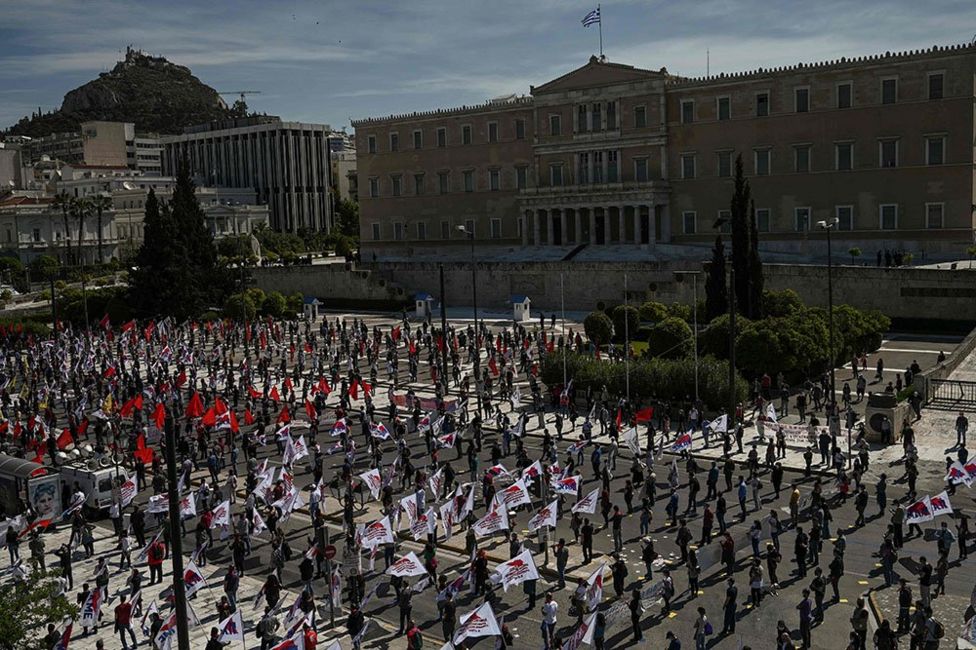A Magical Messiah. Discussing Jesus As An Ancient Magician Through The Synoptic Gospels
Robert Conner is the author of:
"Magic in the New Testament"
"Jesus the Sorcerer"
"Magic in Christianity. From Jesus to the Gnostics"
"Apparitions of Jesus. The Resurrection as Ghost Story"
See his books at: https://tinyurl.com/yx86egmb
His review of Morton Smith's book "Jesus the Magician":
"Although considered controversial at the time, Jesus the Magician, published in 1978 by R. Morton Smith, a professor at Columbia University, is old news. Smith's basic claim--that Jesus was known both by his Jewish contemporaries and pagan critics as a magician--had been preceded by articles in scholarly journals dating back to the 1930's and at least one book-length treatment (Hull, Hellenistic Magic and the Synoptic Tradition, 1974) that made essentially the same claim. In the years following the release of Jesus the Magician, scores of articles and books have appeared that note the close similarities between Jesus' exorcisms, healing, and other miracles and the spells of the Greek magical papyri as well as the reported wonders of such figures as Apollonius of Tyana. Hostile Jewish and Roman sources (Julian, Celsus, Porphyry, etc) openly accused Jesus and early Christians of sorcery. At this late date only a stranger to the scholarly writing on Jesus and early Christianity or a biblical literalist would find the claim that Jesus practiced magic surprising, much less scandalous. In short, Smith's analysis of Jesus' miracle working has received extensive support from many scholars in the years that followed the publication of Jesus the Magician and additional articles, essays and books in Hebrew and the major European languages that link early Jewish and Christian practices with magic continue to appear.
That said, the choice of Dr. Ehrman to write an introduction seems somewhat...well, odd. Smith was also the discoverer of the "Secret" gospel of Mark, actually an excerpt of a putative letter of Clement of Alexandria, a 2nd century theologian, that quotes two passages from a variant edition of the gospel of Mark. The gospel fragments, or rather Smith's interpretation of them, provoked a firestorm of invective from Catholic and evangelical quarters including accusations that Smith had forged the letter of Clement to discredit Christianity. Dr. Ehrman, who I respect as a serious and productive New Testament scholar, has argued that Smith had the ability and presumably a motive to forge the Clement letter although he has never actually claimed that Smith did it. Although I believe the Clement letter and gospel fragments it quotes are almost certainly genuine, as far as I know, Dr. Ehrman is still of the opinion that Morton Smith had the ability, motive and opportunity to produce one of the 20th century's greatest forgeries."








































